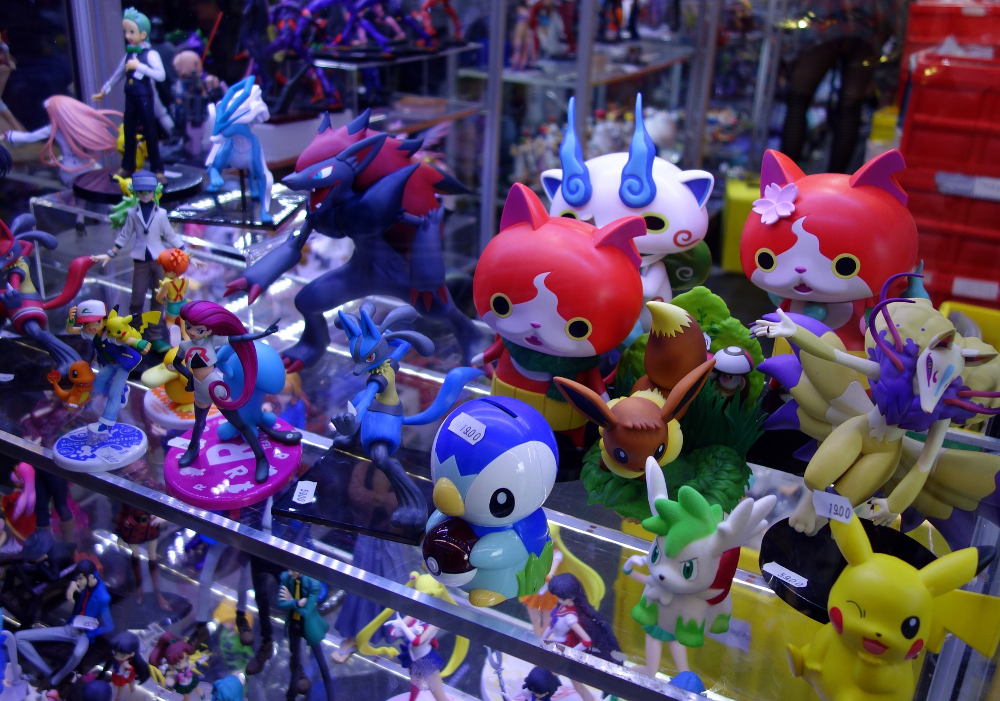By Matt Cannon, Chief Strategy Officer, Reach
The insatiable global demand for Japanese collectables, such as anime figurines and pop culture items, is a goldmine for retailers in this space. From Gundam model kits to Pokémon toys, Hello Kitty dolls to action hero figurines, manga, and other collectables, the world has fallen in love with Japanese crafting and pop culture.
In 2020 alone, the estimated shipment value of the Japanese toy action figure market reached ¥32 billion ($290 million), with the sales of Gundam model kits reaching the milestone of 700 million sets sold globally by March 2021. China and North America are the biggest consumer markets for Japanese collectables, but globally, toy and hobby retailers are enjoying a boom in business.
While this is exciting for retailers, tapping into such a lucrative revenue source requires the ability to offer an integrated range of products and services to customers in many regional markets. With cross-border ecommerce growing at twice the rate of domestic ecommerce, many hobby retailers are striving to serve a growing global customer base.
One of the most successful retailers selling Japanese collectables worldwide is HobbyLink, established in 1995 as an online overseas mail-order business in a small Tokyo apartment. From its inception, offering Japanese model kits to international customers, it has now grown to become one of Japan’s most popular ecommerce retailers. Its product range spans over 120,000 items, including anime and action figures, model kits, hobby publications, and other collectables, all of which are shipped to customers in over 220 countries globally.
With over 70% of sales coming through its ecommerce site, HobbyLink recognized the value of having a truly flexible, integrated and scalable payments platform, capable of handling ecommerce transactions from around the world. And, crucially, by having access to optimal foreign exchange rates seamlessly woven into payment processing at checkout, it would be able to serve even more customers in a truly personalized way.
Solving the pressure points of selling cross-border
Consumers in every corner of the globe are now so familiar with online payments that they’re comfortable buying from retailers outside of their home countries, But this tantalizing opportunity comes with many pressure points for unprepared retailers looking to expand beyond their domestic market, as they may be hamstrung by localized market considerations. While credit cards may be the preferred payment option in one country, account-based transfers might be preferred in another. It’s vital to give the customer alternative payment choices in a tailored way, no matter where the customer is.
Retailers need a way to process and authorise multi-currency transactions including localized pricing. Customers are much more likely to complete online purchases if they see pricing in their domestic or preferred currency. But while many payment providers promise brands access to a wide range of currencies and localized processing, the only way retailers can access this is by setting up a physical presence in each market, which requires an upfront investment that few small retailers can afford.
To take full advantage of localized pricing, the right Merchant of Record (MOR) provider will offer optimized direct-to-market currency rates, and take care of multiple payment methods with ease, through intelligent payment technology platforms using dynamic routing to get the best FX rates.
With the right solution, there’s no need for a retailer to establish a physical presence in each market they sell into, nor do they need to negotiate with different currency providers for the best rates. The right provider will negotiate with different currency providers, handle regulatory compliance, fraud protection and checkout conversion workloads on behalf of the retailer, leaving them free to focus on their customers – wherever they are buying from.
.









